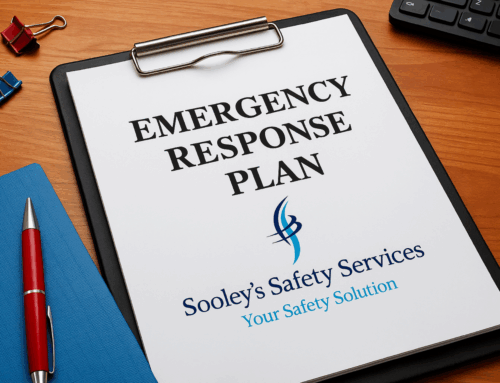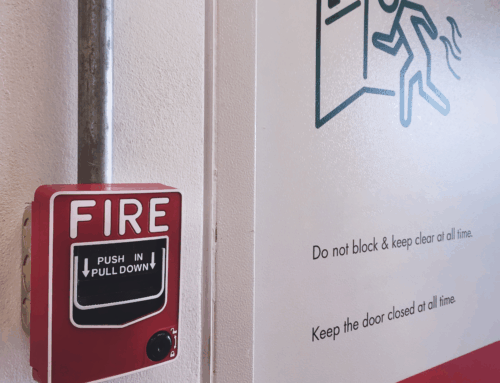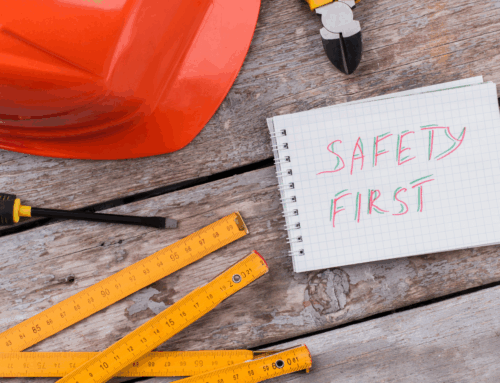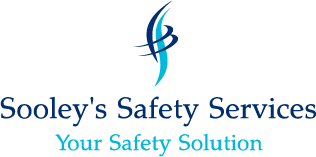As a workplace safety consultant, it’s crucial to stay aware of legislative changes that impact the safety and well-being of workers across various sectors. Recently, Ontario took significant steps to bolster protections for workers on construction sites through the introduction of new regulations under the seventh iteration of the Working for Workers Act. This blog post explores the implications of these changes and what they mean for employers and workers alike in the construction industry.
Understanding the New Safety Measures
The Ontario government recently announced new initiatives aimed at improving health and safety standards for construction workers. These measures come at a time when the construction industry is experiencing growth, alongside increasing concerns about worker safety and injury rates. The key elements of the initiative include:
1. Enhanced Training Requirements: The legislation mandates more comprehensive training for construction workers, ensuring they are well-equipped to handle the challenges on-site. This includes not only general safety training, but also specific instruction related to their tasks and equipment.
2. Stricter Enforcement of Safety Standards: To ensure compliance with safety regulations, there will be heightened enforcement measures. This means more regular inspections and penalties for non-compliance with safety protocols, which ultimately seeks to foster a culture of accountability within the industry.
3. Increased Reporting and Transparency: The new regulations require construction companies to maintain clearer records of incidents and safety compliance. This increased transparency allows for better tracking of safety performance over time and can help identify patterns or areas needing improvement.
Why This Matters
The Ontario government’s proactive approach to improving safety in construction is commendable. Construction sites can be particularly hazardous environments, with workers facing risks from falls, equipment misuse, and hazardous materials. By enhancing training and enforcement, Ontario aims to reduce workplace injuries and fatalities, which have historically plagued the industry.
As safety consultants, it’s our responsibility to guide businesses through these changes. Here’s how we can help:
Monitoring and Evaluation: Through regular on-site visits, monitor compliance with safety standards, identifies areas for improvement, and evaluates the effectiveness of safety measures implemented.
Training Programs: Assist your organization in developing and implementing tailored training programs to meet the new requirements and ensure employees are well-prepared for the challenges they may face on-site.
Machine Certification Training: Equip employees with the necessary skills and knowledge to operate machinery safely and efficiently, ensuring compliance with industry regulations and minimizing the risk of workplace accidents.
Compliance Audits: Conduct thorough compliance audits to identify any gaps in your current policies and practices. We’ll work with you to create an action plan that addresses these gaps efficiently.
Incident Reporting Systems: Establishing transparent reporting mechanisms is essential. We can help set up systems that facilitate easy reporting and tracking of incidents, fostering a proactive safety culture.
Moving Forward
The introduction of these new regulations demonstrates Ontario’s commitment to protecting its workers, particularly in high-risk areas like construction. As the laws evolve, so too must the practices of businesses operating within this space.
We encourage all construction companies to take these new regulations seriously and embrace them as an opportunity to enhance their workplace safety culture. Remember, a safe work environment is not only a legal responsibility but also a moral one that supports the health and productivity of your most valuable asset – your workforce.
For further guidance on navigating these changes or to learn more about how we can support your organization, please don’t hesitate to reach out. Together, we can build a safer future for all workers in Ontario’s construction industry.
Stay safe, informed, and always remember to Prevent, Not React.







